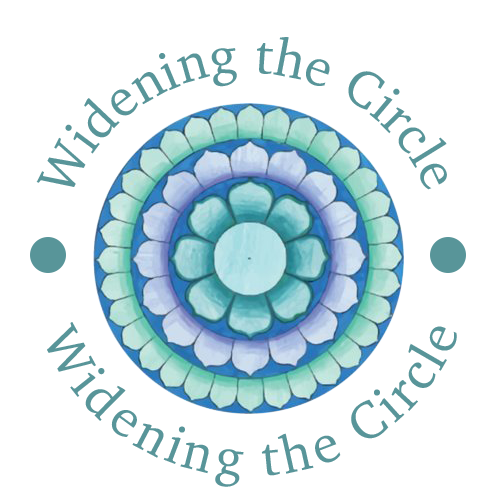Even if Tier One is effective where 75-80% of students are making progress, there will still be students who do not respond to the core educational program. For these students, there needs to be a next level to help to address these needs. Tier Two is referred to as the Targeted Intervention Level. Analysis of the student data will indicate which students require additional supports to make expected progress. The emphasis of RtI/MTSS is not on the labeling of students who are not making progress but on intervening early with high-quality interventions.
Some characteristics of Tier Two are:
• Intervention is continuously available • Rapid access to intervention (less than a week)
• Very low effort for teachers to access intervention support for students who are struggling • Interventions are delivered via small group with great intensity
• Focus is to “close the gap”
• Tier Two interventions are “in addition to” and does not replace Tier One program
To support Tier Two delivery, an intervention team (sometimes referred to as a Teacher Assistance Team, “TAT”) compromised of building staff would collaborate with their colleagues to develop and implement strategies to address the needs of students who did not respond to the Tier One structures. Successful implementation of Tier Two will address the needs of 13-15% of those students requiring additional support.

